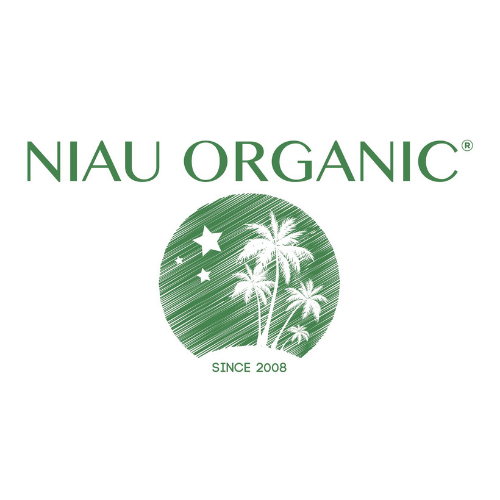
| Ginger | |
|
Although it is probably from northeastern India, Zingiber officinale has spread in many countries and is now widely distributed in all tropical and subtropical parts of the world. Known worldwide as spice in food, ginger is also a medicinal plant widely used since Antiquity in Chinese and Ayurvedic medicines for the treatment of arthritis, rheumatism, muscle pains, digestive problems, fevers, and some infectious diseases. |
Aphrodisiac properties are given to its rhizome, rich in magnesium. In Antiquity, bacchantes used to make love potions with ginger and phallus impudicus. The Kama Sutra also mentions its use in some sexual practices. For the past few years, scientists show a renewed interest in this plant and attempt to isolate and identify its active compounds and test their pharmacological activities. Free of toxicity, ginger is more particularly an anti-inflammatory and possesses a strong antioxidant power which can modulate or prevent free radicals. |
|
CULTIVATION Ginger enjoys a sunny and humid atmosphere. Its growth is rapid and its multiplication is made by dividing rhizomes. USES Medical uses Several studies on humans demonstrate antiemetic properties. It is also known to relief motion sickness or travel sickness, Chinese sailors are used to chew ginger to prevent it. Traditionally, Chinese women eat ginger root during pregnancy to avoid morning sickness.Ginger has an anti-inflammatory action, especially to treat pain and inflammatory rheumatism symptoms. |
Food uses Young ginger roots, juicy and fleshy with a very sweet taste are used in Japanese cooking in marinades or as an ingredient for the masala in Indian cooking. Ripe roots, fibrous, almost dry and with a stronger flavor are often used in Chinese food to cover strong smells and tastes. Ginger is also used in baking to flavor cookies and cakes. Ginger is also used in West Africa as a pressed juice and is considered as aphrodisiac drink. |







